#fire control
Text
FIRE BENDER SEAMUS FINNIGAN









#aesthetic#harry potter#harry potter ships#harry potter aesthetic#hogwarts house#ship#seamus finnigan#firebender#fire bending#fire elemental#fire control#explosives#atla au#seamus x dean#geko animagus#gay#lgbt#fire nation
10 notes
·
View notes
Text
Starch Radness 6, Round 1, Poll 8/16:

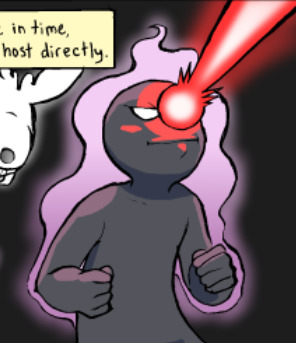
25 notes
·
View notes
Text

🖤 Miko control the fire (My AU)🔥
I literally draw him as he control it for not hurting the humans, actually today. The animation on Ibispaint X was the new update ♥️😎😍🥰🔥🖤
The last slide was the new update on Ibispaint X like the flipaclip. I tried to animated him. You can reload & download it again ♥️😎
Hope you like him 🤗🤩🛐❤️🥺
instagram
#supa strikas#art#artist on instagram#my artwork#supastrikasart#supa strikas fanart#ibispaintx#ibispaintapp#instagram#supa strikas miko chen#supa strikas miko#miko chen#supa strikas nakama#nakama#nakama fc#au#my au#fire control#ibispaint animation#ibispaint x animation#supastrikas#artists on tumblr#supablr#supastrikasau
8 notes
·
View notes
Text
Fire Control: Firing, Part I

"A common misconception is that every shot was intended to hit the target. But, guns were essentially loud rangefinders, and could be used to find the range on a target through trial-and-error. This practice goes back to the earliest firearms; adjust your aim based on the results of the previous shot. At sea, gunnery watching results was critical as well - both before and after the introduction of control instruments. As ranges grew, so did spotting's importance - distance magnified every factor affecting aim. Of note, mixed calibers made identifying which gun made a specific splash almost impossible - hence the Dreadnought.
Spotting continued to be important after the introduction of specialized fire control equipment due to the mathematical depth of the gunnery problem. Though gunnery was a precise discipline and continued to evolve, the math was so vast that errors were still the most common output. A ship's equipment could get shells close, but spotting was still key to scoring hits. With this in mind, navies developed standard procedures for which guns they would fire, and when, to facilitate spotting, find range, and hit the target as soon as possible.
Though each navy used different specifics, all used some form of ranging shots. This typically included firing shots in a staggered interval or set (a salvo), particularly with ships carrying multiple turrets. The resultant shell splashes served to provide feedback on measured range, and also to prevent a maneuvering enemy from evading based on previous shots. The complexity of ranging shots came to the forefront of fire control after the introduction of mechanized directors, which allowed a fire control officer to fire ready guns simultaneously. Each gun (and turret) represented a data testing opportunity; salvos were timed and ranged to bracket a target within shots too close and too far, then split the distance between and fire again. This process of elimination through ranging shots is the premise of the classic boardgame Battleship, by Hasbro.
Here, British shells splash ahead of an Italian light cruiser (either Alberico da Barbiano or Alberto di Giussano) on 9 July 1940 at the Battle of Punta Stilo/Calabria."
For MUCH more detail, subscribe at https://www.patreon.com/hazegreyhistory. Caption is exclusive to Haze Grey History Facebook page (link) and was shared with the permission of Evan Dwyer. Click this link to read more of his works. Photo is web-sourced.
#Fire Control Series#Fire Control#long post#Battleship#united states navy#us navy#navy#usn#u.s. navy#my post
55 notes
·
View notes
Text
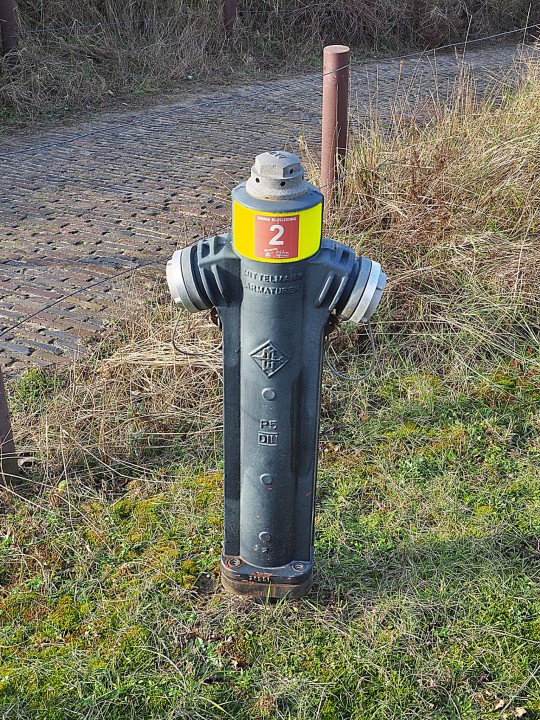
Fire hydrant.
Photography
#fire hydrant#fire hydrants#firehydrant#firehydrants#fire control#safety#photography#photo#photograph#picture#photos#photographs#image
2 notes
·
View notes
Text

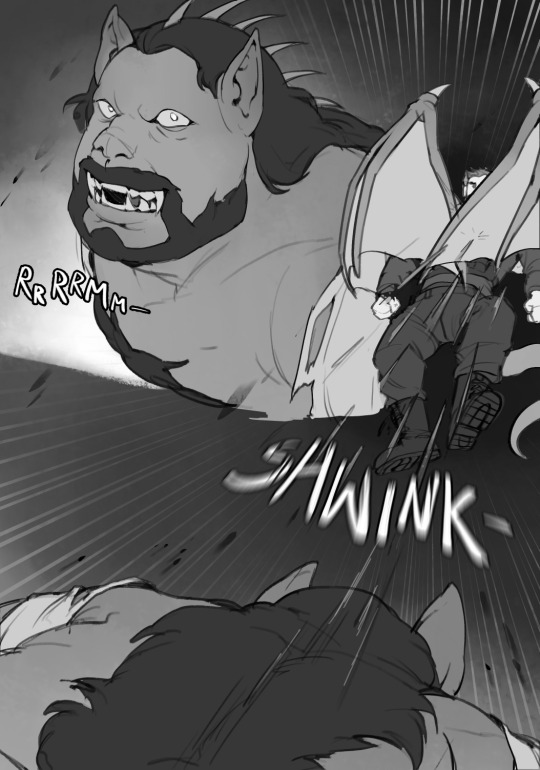
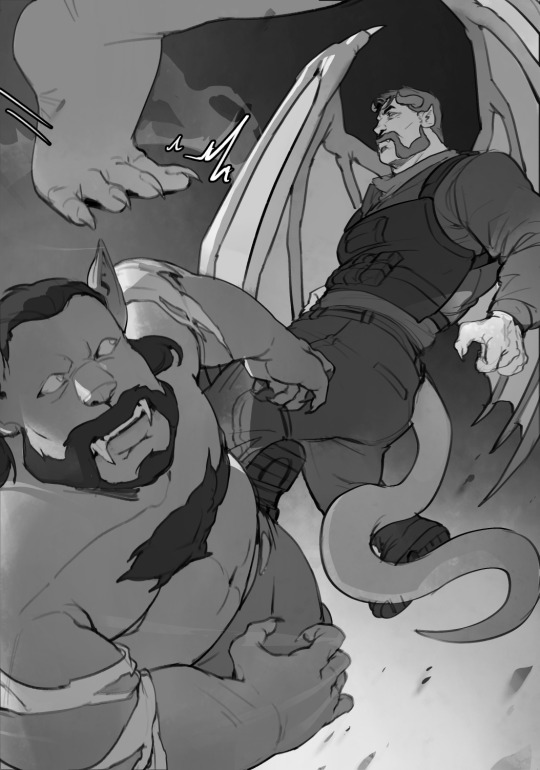





the lieutenant's arrived.
early access + nsfw on patreon
#...and it was so close to being over....#btw price's fire needs to sort of 'recharge' when he overdoes it#he's usually more tactical about how he uses it but he's furious right now and is a little out of control#simon ghost riley#cod mw2#giragi art#monster 141 au#manuel roba#captain john price
3K notes
·
View notes
Text
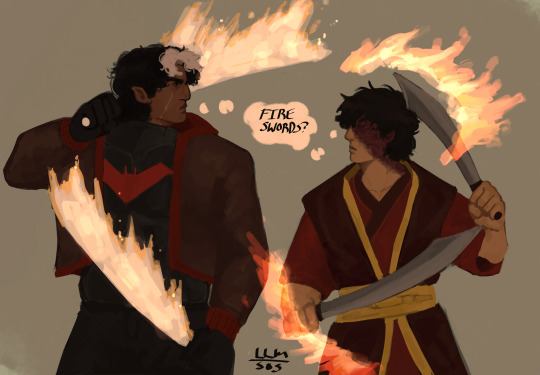
Mamas Boy off
#jason todd#red hood#dc#batman#jason todd fanart#robin dc#my art#zuko#atla#atla fanart#prince zuko#atla zuko#they r so similar#in some ways#anger controlling them because they don’t know how to rely on anything else#and when they did it ended in their demise#children born of war#wanting to prove themselves to their fathers#auch#fire#their love and kindness from their mother
1K notes
·
View notes
Text
Wondering your belongings will be safe in a storage facility or not? Storage Units in Mumbai Listed below are a few services that reliable storage solutions provider offers. Storage Units in Mumbai When one opts for storage solutions, the only concern is related to the security of their belongings. And why wouldn’t it be? A person works hard day and night to earn money and buy certain things in life and that being in a secure location is very important. So when you opt for a professional storage solution, you could be sure that your belongings will stay safe and secure. Storage Units in Mumbai The professionals employ trained security staff and also offer round the clock CCTV monitoring to double the protection. Even if someone passes one hurdle, the CCTV will capture anyone who will try to break in. So, there’s no question about your belongings being at risk. Storage Units in Mumbai
Fire Control
Faulty wiring and any other issues can cause a fire in even the most secure buildings. Storage Units in Mumbai The expert understands this well, and this why they have fire control devices available so that in emergencies, the problem could be dealt with at the earliest. Your belongings being their responsibility, they take the task of its protection very seriously. All in all, you will not have to worry about fire issues because even if that kind of things happens, the professionals will resolve it before it gets any dangerous. Storage Units in Mumbai
#the only concern is related to the security of their belongings. And why wouldn’t it be? A person works hard day and night to earn money and#you could be sure that your belongings will stay safe and secure. Storage Units in Mumbai The professionals employ trained security staff a#the CCTV will capture anyone who will try to break in. So#there’s no question about your belongings being at risk. Storage Units in Mumbai#Fire Control#Faulty wiring and any other issues can cause a fire in even the most secure buildings. Storage Units in Mumbai The expert understands this#and this why they have fire control devices available so that in emergencies
0 notes
Text


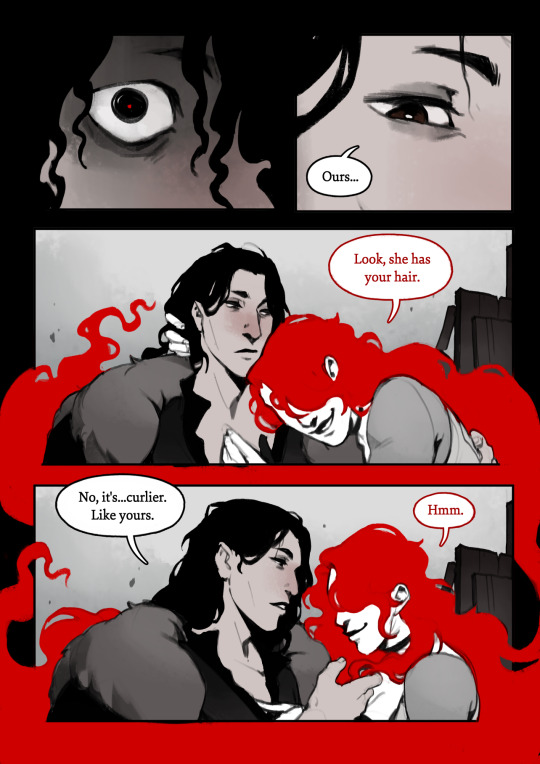

ashes to ashes.
a short comic about the day Ash was born.
Ash's story
Red and Wolf's story
notes:


--
all my other comics
store
#we love a family with a storied history of loving women and committing mass murder#wolf is a couple years older than she was in her original comic but still just as smitten with red#i dont intend on making it a habit to connect my comics together into a shared universe#but i did make ash with the internal headcanon that she was the kid of red and wolf#if only to justify elements of her design#the gravity defying hair - the control over fire - the commitment to a black/white/red colour scheme#i wont be doing a backstory for snow btw since she's kind of just. a human being who grew up very entitled and spoiled#although maybe during her undead journey she unknowingly comes across her mothers-in-law in the mountains#(they like to live in remote snowy areas)#red would like her#thats all!#thank you for reading#sapphic art#comic art#stillindigo art#hearteaters#stillindigo comics
3K notes
·
View notes
Text


entertaining the idea of eeveelutions as survivors of their own type. evolving when struck by lightning or caught in a fire/explosion as a way to survive
#pokemon#jolteon#flareon#art#fanart#burning#scars#scarring#eye trauma#<- sorta? just in case#skeleton#ask to tag#i didnt have time for vaporeon but id like to go back to the idea next week when i can draw again#basically eeveelutions as caught between life and death and harnessing the power of what should have killed them#to evolve and get a resistance to it#and theyre all dual type specter.#the idea is that the lightning strike that hit jolteon still resides within. the flame that burnt flareon down still consumes its body#so theyre always fighting against it. 80% of their focus/energy is devoted to that & bc of it they have poor control over their element#so they cannot deal heavy attacks. but they CAN tank any incoming attack of their own element#basically volt absorb and flash fire abilities#many thoughts to be had here#myart
1K notes
·
View notes
Text

The Fire Lord royal turtleduck pets🦆🦆
#Lo doesn't like people#Ran likes to steal#they control the palace tbh#they are druk lesbian moms#he was an egg and they are ducks u know what i mean#myart#nvjjarttag#i drew this in twenty minutes after seen a bunch of duck tiktoks#apparently you have to own at least two#zuko#zuko atla#fire lord zuko#avatar aang more like royal ducksitter#avatar the last airbender#avatar#tagging as zukka#bc of the ratio#zukka
4K notes
·
View notes
Text
Starch Radness 6, Round 2, Poll 4/8:


14 notes
·
View notes
Text
Fire Control: Background
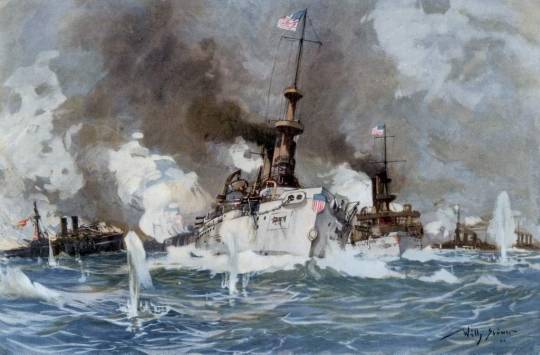
"Only 41 years before WWII, at the Battle of Santiago de Cuba (shown), US and Spanish ships had brawled at close range using only the experienced eye of each individual gun layer. The original concept of gunnery at sea was based on direct fire - shooting what you can see directly from the gun using line of sight. This concept was the primary method of pointing a gun at a target for centuries. Guns were loaded, manually aimed by their crew, and fired by officer command - at least until the engagement became general. This basic status quo was why pre Dreadnoughts carried so many intermediate guns: the big guns were for sinking the enemy, but many more smaller guns were needed to demoralize and kill the opposing gunners while the slow heavy guns were reloaded (usually by rotating the turrets to a set position and lowering the guns between each shot!).
In this environment, the quick-firing gun proved its value at the Battles of the Yalu River and Santiago de Cuba in the 1890s; in both instances, heavy guns performed quite poorly, and each engagement was decided by the damage dealt from the "secondary" guns. To correct this imbalance, the international trend would move towards fleet concentration - keeping a fleet together to basically multiply the likelihood of its heaviest guns having an effect on the enemy and the introduction of heavier secondary guns to increase rate of fire. Thanks to technological progressions in loading mechanisms, turrets, and breech design, the rate of fire for large artillery quickly caught up, and the practical result was squeezing the maximum number of big guns onto a ship - the dreadnought. However, such a ship would be minimal value if all its guns could not be brought to bear on a single target in a controlled, centralized manner; fire control would be applied to solve this problem.
Fire control was itself born from advances in gunnery, and to some extent the introduction of the torpedo, that extended the practical distances at which ships would fight in the 1890s and into the 1900s. The result of increasing the range created a fundamental mathematical problem: how to hit a moving target not where it is, but where it will be. Solving this problem required complex math; to capture the data needed for these calculations, new and advanced instruments had to be introduced. This series, as voted on and chosen by this page's Patreon supporters, will serve as a basic introduction to that technology."
Caption is exclusive to Haze Grey History Facebook page (link) and was shared with the permission of Evan Dwyer. Click this link to read more of his works. Painting is by Willy Stöwer and is from the public domain.
#Fire Control#Fire Control Series#long post#Haze Grey History#united states navy#us navy#navy#usn#u.s. navy#my post
58 notes
·
View notes
Text

Fire hydrant.
Black and white photography
#fire hydrant#fire control#safety#fire hydrants#photography#photo#photograph#picture#photos#photographs#image
2 notes
·
View notes
Text
That poll about what counts as "on time" doesn't work because "on time to meet a friend for coffee" is different if you're meeting for coffee on their 30 minute lunch break than it is if you're meeting for coffee and have hours available, and "on time to work" means different things if you have a job where you being 30 minutes late means someone else has to stay late on their shift/spend that 30 minutes doing both your job AND theirs, vs if you have a job where your work is your own and you can stay late if you need. And "on time" to a job interview does mean 5 minutes early, sorry, I don't make the rules, and "on time" to your flight is at least 45 minutes before takeoff so you don't slow everyone down trying to board at the last minute
#everyone who is smugly like#'it's oppressive to expect people to be on time to work'#no it isn't actually#it's oppressive to fire them for circumstances outside their control#but making your coworkers pick up your slack is a shitty thing to do actually
935 notes
·
View notes
Text

Shout out to Rise Kujikawa for resisting the urge of all urges
#honestly if I were staring at a fire alarm all day I would just pull it#I don’t have her self control#rise kujikawa#she’s such a goober#persona 4#v’s art
491 notes
·
View notes